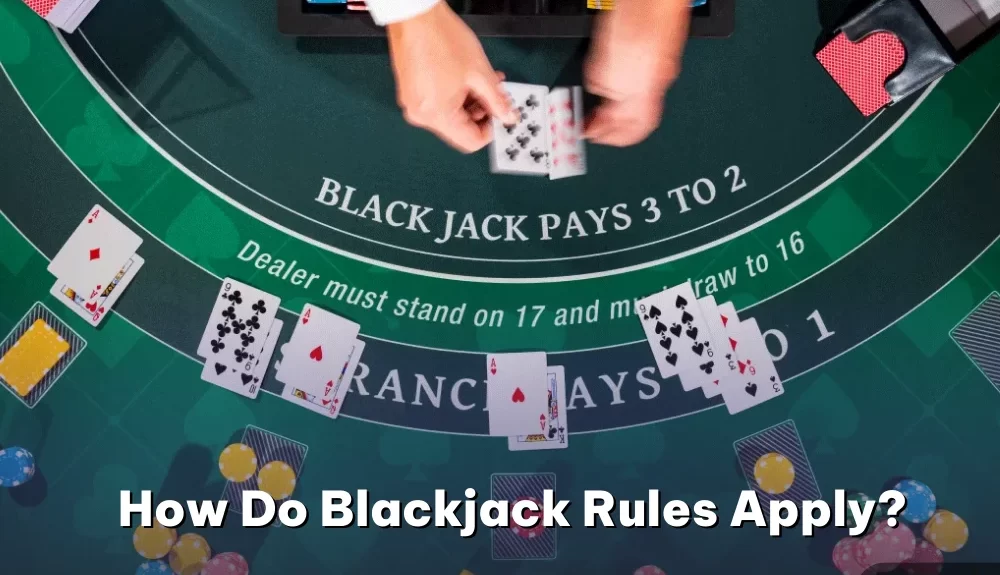Blackjack is one of the most popular card games found in casino around the world, known for its blend of skill and luck. At FoxGame, Blackjack offers players the chance to test their strategies while aiming for that exlusive 21. Understanding the rules of Blackjack and how to calculate scores is essential for any player looking to maximize their success. In this article, we will break down the Blackjack rules and guide you on how to calculate scores effectively.
Understanding the Basics Rules of Blackjack
In Blackjack, the goal is simple: beat the dealer by having a hand value that is closer to 21 without exceeding it. The game typically involves one or more standard decks of cards, and each card has a specific value:
- Number cards (2-10): Face value (e.g., a 7 is worth 7 points).
- Face cards (Jack, Queen, King): Each worth 10 points.
- Aces: Can be worth 1 point or 11 points, depending on which value benefits the hand more.
The Gameplay
- Initial Deal: Each player and the dealer receive two cards. Players’ cards are usually dealt face-up, while the dealer has one card face-up (known as the “upcard”) and one face-down (the “hole card”).
- Player Decisions: After the initial deal, players decide whether to:
- Hit: Take an additional card.
- Stand: Keep their current hand.
- Double Down: Double the original bet and receive only one additional card.
- Split: If the two initial cards are of the same value, split them into two hands and play them separately.
- Dealer’s Turn: Once all players have completed their turns, the dealer reveals the hole card. The dealer must hit until they reach a minimum hand value of 17.
How to Calculate Scores in Blackjack
Calculating scores in Blackjack is crucial for making informed decisions during gameplay. Here’s how to determine the value of your hand:
Step 1: Total Hand Value
To calculate your hand’s total value:
- Add the value of each card together. For example, if you have a 7 and an Ace, your total is 7 + 11 = 18.
- If the total exceeds 21, the Ace counts as 1 point instead of 11. For instance, if you have a King (10) and an Ace (11), your total is 21. But if you receive a 10 after that, making your total 21 + 10 = 31, the Ace will then count as 1, bringing your total down to 21.
Step 2: Understanding the Dealer’s Hand
The dealer’s upcard can influence your strategy. Here’s what to consider:
- If the dealer’s upcard is 2 through 6, they are at a higher risk of busting, which means it may be beneficial to stand on a lower hand.
- If the dealer shows a 7 through Ace, they have a better chance of achieving a strong hand. Players may consider hitting more aggressively in these situations.
Step 3: Making Strategic Decisions
Based on your hand value and the dealer’s upcard, you will need to make strategic decisions:
- Hand Value 12-16: Consider standing if the dealer shows 2-6 (they may bust), but hitting against a dealer’s 7 or higher is often advisable.
- Hand Value 17 or Higher: It’s usually best to stand, as the risk of busting increases with every additional card.
- Soft Hands: If you have an Ace valued as 11, you have a “soft hand.” For example, an Ace and 6 (total of 17). You can hit without the risk of busting since the Ace can be valued as 1 if needed.
Conclusion
Blackjack is an exciting game that combines strategy with chance. By understanding the rules and knowing how to calculate your scores, you can make better decisions that enhance your chances of winning at FoxGame. Keep practicing and refining your strategies, and soon you’ll be well on your way to becoming a Blackjack pro. Good luck, and may the cards be ever in your favor!

